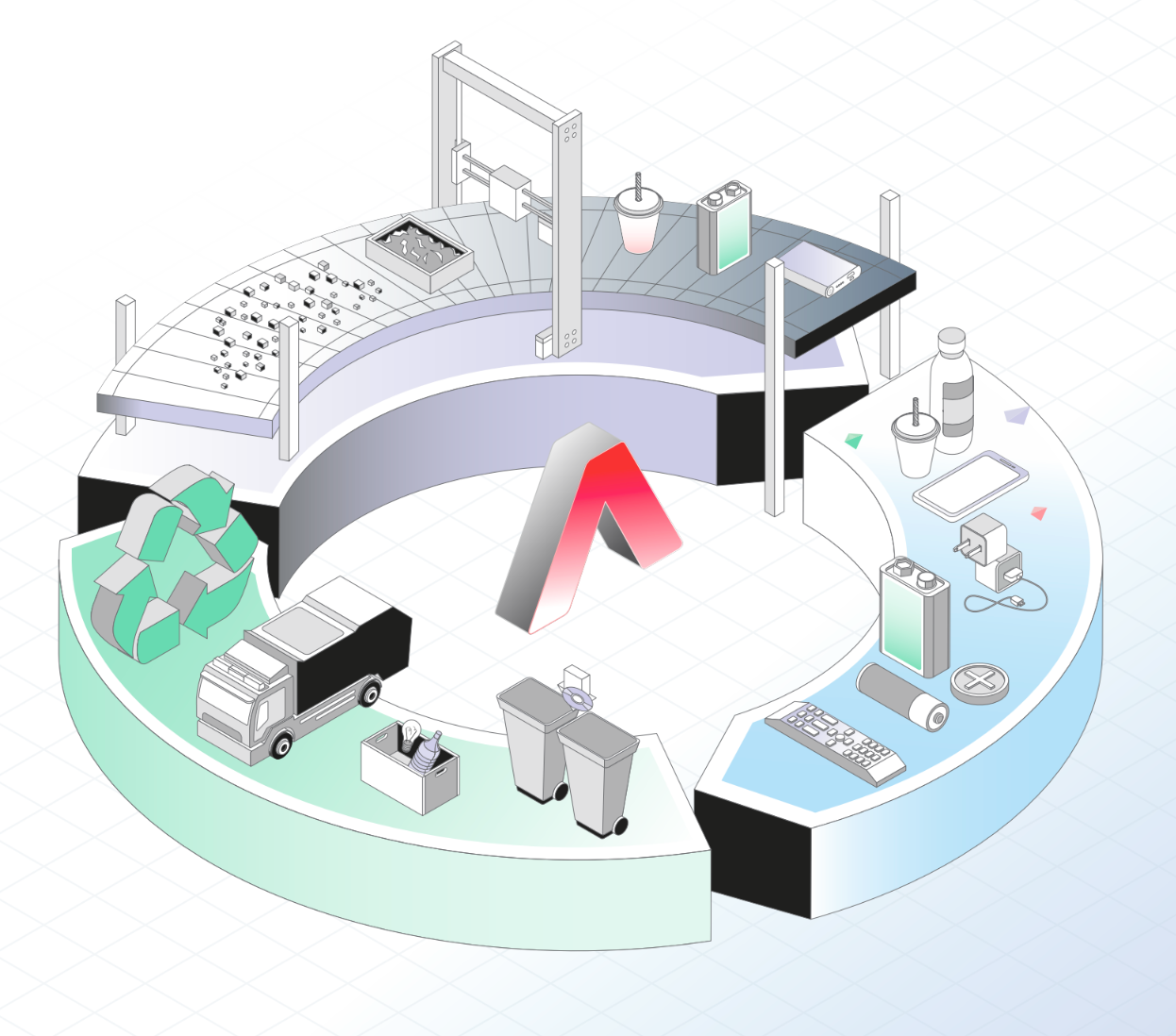Fed Stagflation Risk Signal Could Be Bullish for Bitcoin, Analyst Says
Holding rates steady, the U.S. central bank took note of the possibility of higher inflation and unemployment.

The Federal Reserve is growing increasingly alert to stagflation risks—an uneasy mix of slowing growth and rising inflation that could challenge policymakers.
While Chair Jerome Powell insisted that the economy is in "good shape" and emphasized that the central bank is in “a good position to wait and see,” prior to shifting policy, subtle changes in the central bank's policy statement pointed to heightened concerns over the economy’s direction.
Holding its benchmark interest rate steady today, the U.S. central bank acknowledged the growing risk of rising inflation and unemployment — roughly the definition of stagflation, which last made an appearance throughout a sizable chunk of the 1970s. That scenario would leave the central bank with limited room to maneuver to stimulate a weakening economy without further fueling inflation.
“The Fed is worried about stagflation,” Zach Pandl, head of research at Grayscale, posted on X after the decision. “We think that outcome would be good for bitcoin.”
In an earlier report, Pandl argued that rising tariffs contribute to stagflation, which historically hurts traditional assets but benefits scarce stores of value like gold. “Bitcoin was not around for past stagflations,” he wrote, “but can be considered a scarce digital commodity and is increasingly viewed as a modern store of value.”
Bitcoin traded in a tight range following the Fed’s announcement and Powell’s remarks. It briefly touched $97,500 earlier Wednesday on optimism around U.S.-China trade talks before settling back to $96,500 — up 1.6% over the past 24 hours.
The CoinDesk 20 Index (CD20), a broader gauge of the crypto market, was up just 0.3% over the same period, weighed down by 1%-3% declines in XRP, AVAX, UNI, NEAR, and AAVE.
Meanwhile, equities recovered modestly from earlier losses, with the S&P 500 and Nasdaq closing 0.4% and 0.3% higher, respectively.









































































































































































![[The AI Show Episode 146]: Rise of “AI-First” Companies, AI Job Disruption, GPT-4o Update Gets Rolled Back, How Big Consulting Firms Use AI, and Meta AI App](https://www.marketingaiinstitute.com/hubfs/ep%20146%20cover.png)

























































































































![[DEALS] The Premium Python Programming PCEP Certification Prep Bundle (67% off) & Other Deals Up To 98% Off – Offers End Soon!](https://www.javacodegeeks.com/wp-content/uploads/2012/12/jcg-logo.jpg)















































































































































































































































![Honor 400 series officially launching on May 22 as design is revealed [Video]](https://i0.wp.com/9to5google.com/wp-content/uploads/sites/4/2025/05/honor-400-series-announcement-1.png?resize=1200%2C628&quality=82&strip=all&ssl=1)















![Beats Studio Pro Wireless Headphones Now Just $169.95 - Save 51%! [Deal]](https://www.iclarified.com/images/news/97258/97258/97258-640.jpg)






































































































